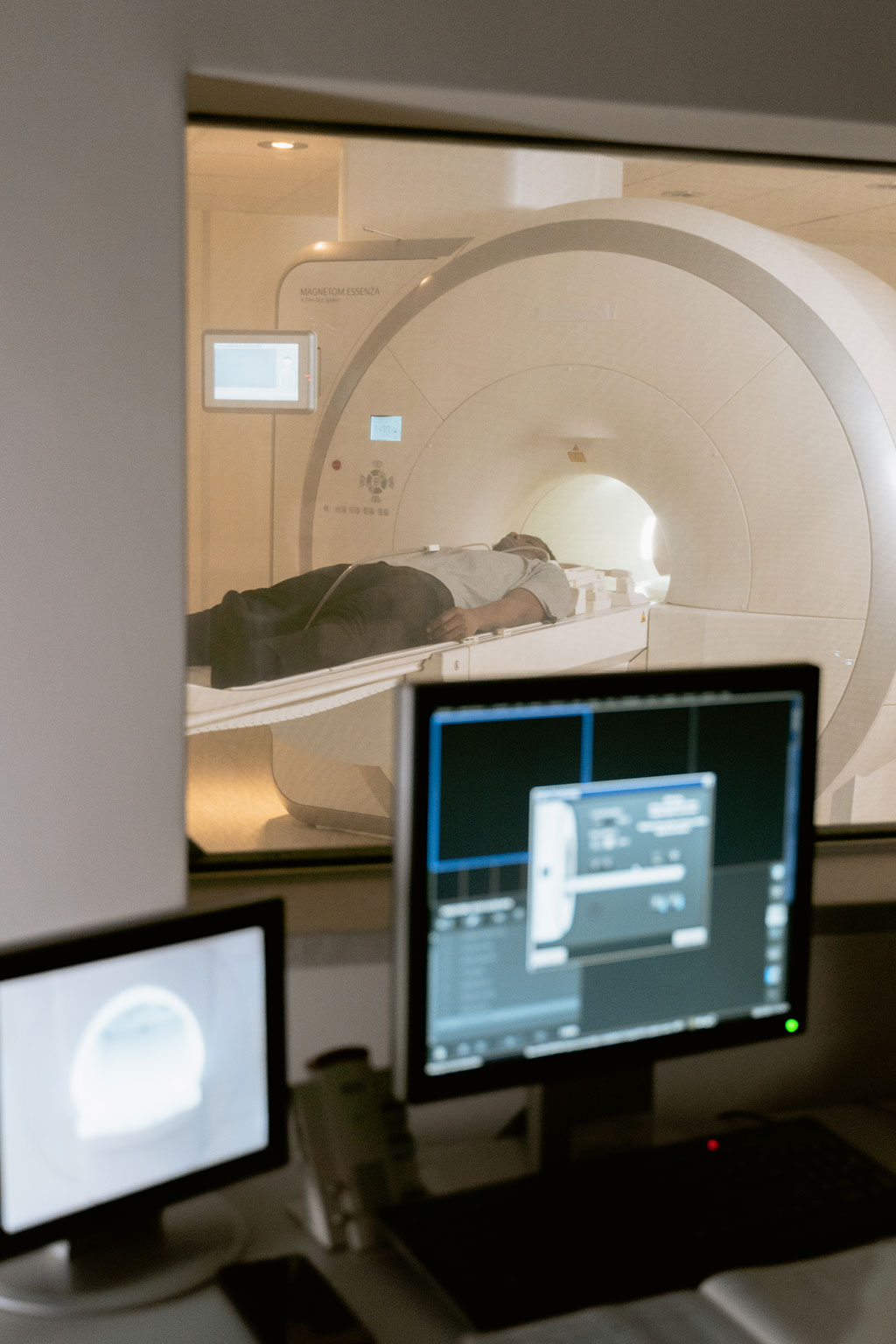CT Algorithm Diagnoses Clear-Cell Renal Cell Carcinoma in Small Solid Masses
Posted on 30 Jun 2022
A 5-tiered CT scoring algorithm may represent a clinically useful tool for diagnosis of clear-cell renal cell carcinoma (RCC) in small solid renal masses.
Researchers at The Ottawa Hospital (Ontario, Canada) conducted a study that included 148 patients (mean age, 58 years; 73 men, 75 women) with 148 small (≤4 cm) solid (>25% enhancing tissue) renal masses that underwent renal-mass CT (unenhanced, corticomedullary, and nephrographic phases) before resection between January 2016 and December 2019. Two radiologists independently evaluated the CT examinations and recorded calcification, mass attenuation in all phases, mass-to-cortex corticomedullary attenuation ratio, and heterogeneity score (5-point Likert scale, assessed in corticomedullary phase).

The study revealed that the 5-tiered CT scoring algorithm - including mass-to-cortex corticomedullary attenuation ratio and heterogeneity score - had substantial interobserver agreement (weighted kappa=0.71) and achieved AUC for diagnosing clear-cell RCC of 0.75 (95% CI, 0.68-0.82) for reader 1 and 0.72 (95% CI, 0.66-0.82) for reader 2.
“A 5-tiered renal CT algorithm, including mass-to-cortex corticomedullary attenuation ratio and heterogeneity score, had substantial inter-observer agreement, moderate AUC and PPV, and high NPV for diagnosing clear-cell RCC,” concluded Nicola Schieda from the department of medical imaging at Canada’s Ottawa Hospital.
“If validated,” the researchers acknowledged, “the CT algorithm may represent a useful clinical tool for diagnosing clear-cell renal cell carcinoma."
Related Links:
The Ottawa Hospital













